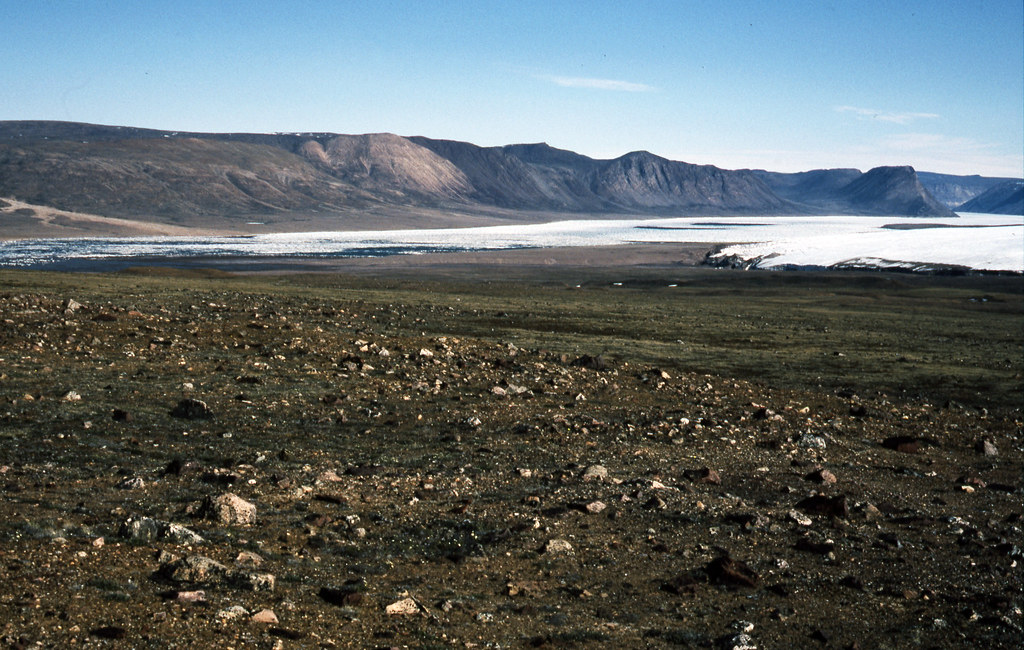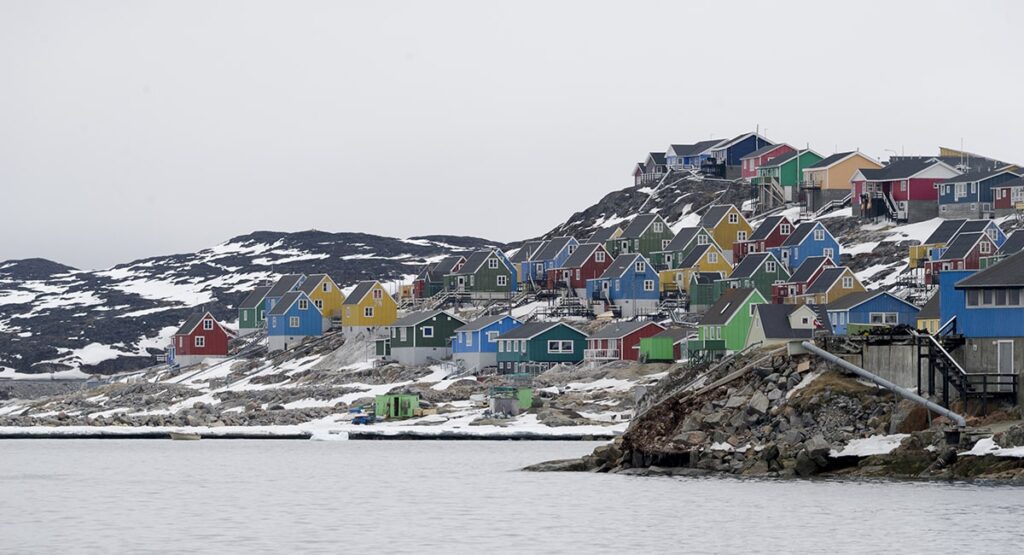- Island: Greenland is actually the world’s largest island. The land area is over 2.6 square kilometers. Many might counter-argue that Australia is the world’s largest island, but many consider Australia a continent and rarely a separate island. However, Australia’s area is significantly larger at over 7.6 square kilometers.
- Size: We’ve talked about how big the country is, but what does that really mean? The size of Greenland is actually equivalent to adding the areas of France, Germany, England, Spain, Italy, Austria, Switzerland and Belgium to the area of Greenland.
-
Desert: In fact, there is so little precipitation in Greenland that some areas are referred to as desert in the country. This is especially true in the northern parts of the country, where it is more commonly referred to as the Arctic desert.
- Name: To be honest, Greenland is more white than green, so why did it get its name? It was actually the Viking Erik the Red who tried to lure people in by giving it a more appealing name. However, studies have shown that millions of years ago, the land was actually quite green.
- Independence: Most people know that Greenland is part of the Kingdom of Denmark, and it actually dates back to 1721, when we had colonies up there. In 1953, Greenland became part of Denmark, but in 1979 the country was granted home rule, and since then their independent rights have only increased.
- Visit: Greenland is a large country that takes up a lot of space on a world map, and it is also quite close to both Canada and the United States. However, the only way to fly to the country commercially is to fly from Denmark or Iceland.
- Roads: There is a glaring lack of roads in Greenland. Many would even argue that there are no roads in Greenland at all. There are some makeshift roads in the towns themselves, but between the different towns there are none. You travel by boat, dog sled, ferry, helicopter, etc. to get from one place to the next.
- People: Although Greenland is the world’s largest island, not many people live there. In fact, there are only around 57,000 people. Of these, just under 18,000 of them live in Nuuk (Godrhåb). In comparison, over 60,000 people live in Køge Municipality on Zealand.
- Population: Greenlanders look somewhat different from us Danes, so where did the original population originate from? Research has shown that the original Greenlanders are believed to have come from eastern Siberia via Canada and ended up in Greenland.
- Sun: Due to Greenland’s location so far north, the sun never sets over the horizon from May 25th to July 25th. Around the middle of this period, on June 21, we also find Greenland’s national day.

Fact: Some areas of Greenland have so little precipitation that they can be characterized as Arctic deserts





